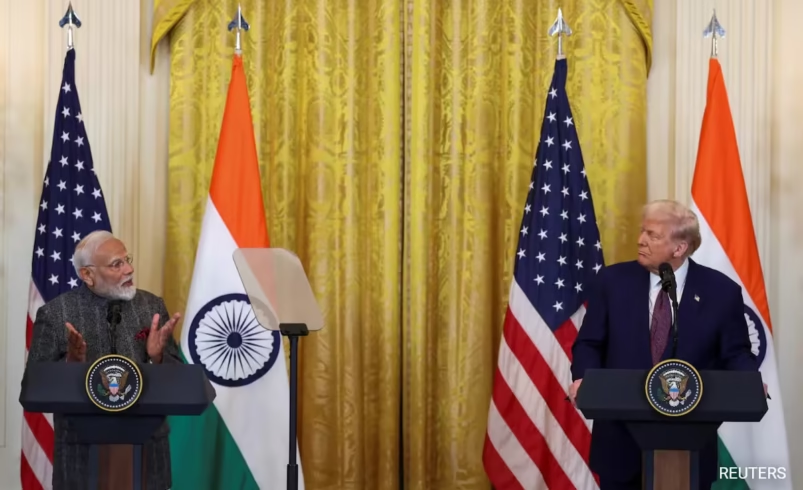Analyzing India’s Tariff Policies Amid US Criticism
- August 5, 2025
- 0

US President Donald Trump has criticized India, labeling it as the “Tariff King” and accusing it of unfairly protecting its markets through high customs duties. However, a detailed examination of trade data and global comparisons suggests that these claims may not fully align with reality. While India’s simple average tariff stands at approximately 15.98%, the trade-weighted average, which more accurately reflects the duties applied to traded goods, is only 4.6%, according to World Bank data. This discrepancy highlights that India’s higher tariffs are often applied to sectors with low import volumes, such as agriculture and automobiles.
The simple average tariff gives equal weight to all products, regardless of trade volume, whereas the trade-weighted average considers the actual duties paid based on trade volume. For India, this means that while the simple average tariff is 15.98%, the trade-weighted average is significantly lower at 4.6%. This indicates that most US exports to India, including pharmaceuticals, energy products, machinery, and chemicals, face much lower duties, typically ranging from 5% to 8%.
In fiscal year 2023-24, India imported over $42.2 billion worth of goods from the United States. Nearly 75% of this trade involved just 100 key product categories, most of which faced low or minimal tariffs. For instance, crude oil and LNG had import duties of Rs. 1.1/tonne and 2.75%, respectively, accounting for a significant portion of US imports to India.
When compared to other countries, India’s tariffs are not exceptionally high. The World Trade Organization data shows that India’s tariffs on electronics and technology are competitive, with zero tariffs on most semiconductors and IT hardware. In contrast, countries like Vietnam and China impose much higher tariffs on similar products.
India has been reducing its tariffs for decades. In 1990, the average tariff was as high as 80.9%, but following economic reforms in the early 1990s, tariffs were gradually lowered to 33% by 1999 and further reduced to a simple average of 15.98% by 2023.
India’s regulatory standards are generally less restrictive than those in the EU or Japan. In contrast, the US imposes high duties on several products, including dairy and automobiles, reflecting domestic protectionist concerns similar to those in India.